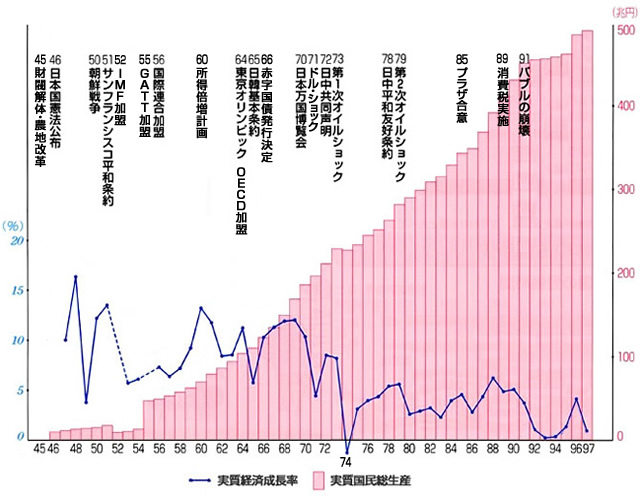The legend of Andrew Carnegie is complex. On the one hand, the steel king is remembered as a powerful businessman — at one time the world’s richest man. On the other hand, he gave away 90 percent of his fortune, making him one of history’s greatest philanthropists.
steel:鉄鋼
philanthropist:慈善家
Carnegie was born in Scotland in 1835 into a working-class family. As machines replaced workers in the textile business, his father was laid off. Poor, yet hopeful for a better future, the family immigrated to America when Andrew was 13. It was a 50-day trip in miserable conditions.
working-class:労働者階級
replace:取って代わる
textile:織物
lay off:解雇する
immigrate:移住する
miserable:みじめな
In America, a classroom education was not an option for Andrew. He had to work to help pay the bills. But he was smart and hardworking, and he moved on to better and better jobs, from factory worker to factory master.
pay the bills:諸生活費を支払う
hardworking:勤勉な
move on to X:Xへ移る
master:雇い主
At the Pennsylvania Railroad, where Carnegie worked for 12 years, he quickly climbed the corporate ladder. He then opened his own business in 1865, building iron bridges. Later, he turned to making steel, and his riches multiplied even faster. Eventually, in 1901, Carnegie sold his steel company to J.P. Morgan for a massive profit.
climb the corporate ladder:出世の階段を昇る
multiply:倍増する
massive:大量の
But Carnegie was not only concerned with money. From his parents, he had learned to believe in the equality of all people. He also believed in the power of education. As a boy, Carnegie had a chance to use a small library, and as an adult he continued to educate himself through reading.
be concerned with X:Xを気にしている
One might say that Carnegie wanted the world to read. During his lifetime, he donated money to open more than 2,800 public libraries, including one in his hometown in Scotland. He also gave to universities and supported peace-building efforts. His largest gift, of $125 million, formed the Carnegie Corporation, which supported schools and scientific research.
lifetime:一生
donete:寄付する
Carnegie Corporation:カーネギー財団
Without question, Carnegie was a complex man. His fortune was made from modern factories and industries 一 the type that had put his father out of work. History does not look kindly on the way Carnegie treated his workers. And yet he gave and gave, supporting the common person through his generosity. For that, history remembers Andrew Carnegie fondly.
without question:疑いなく
generosity:寛大さ
fondly:愛情を込めて
